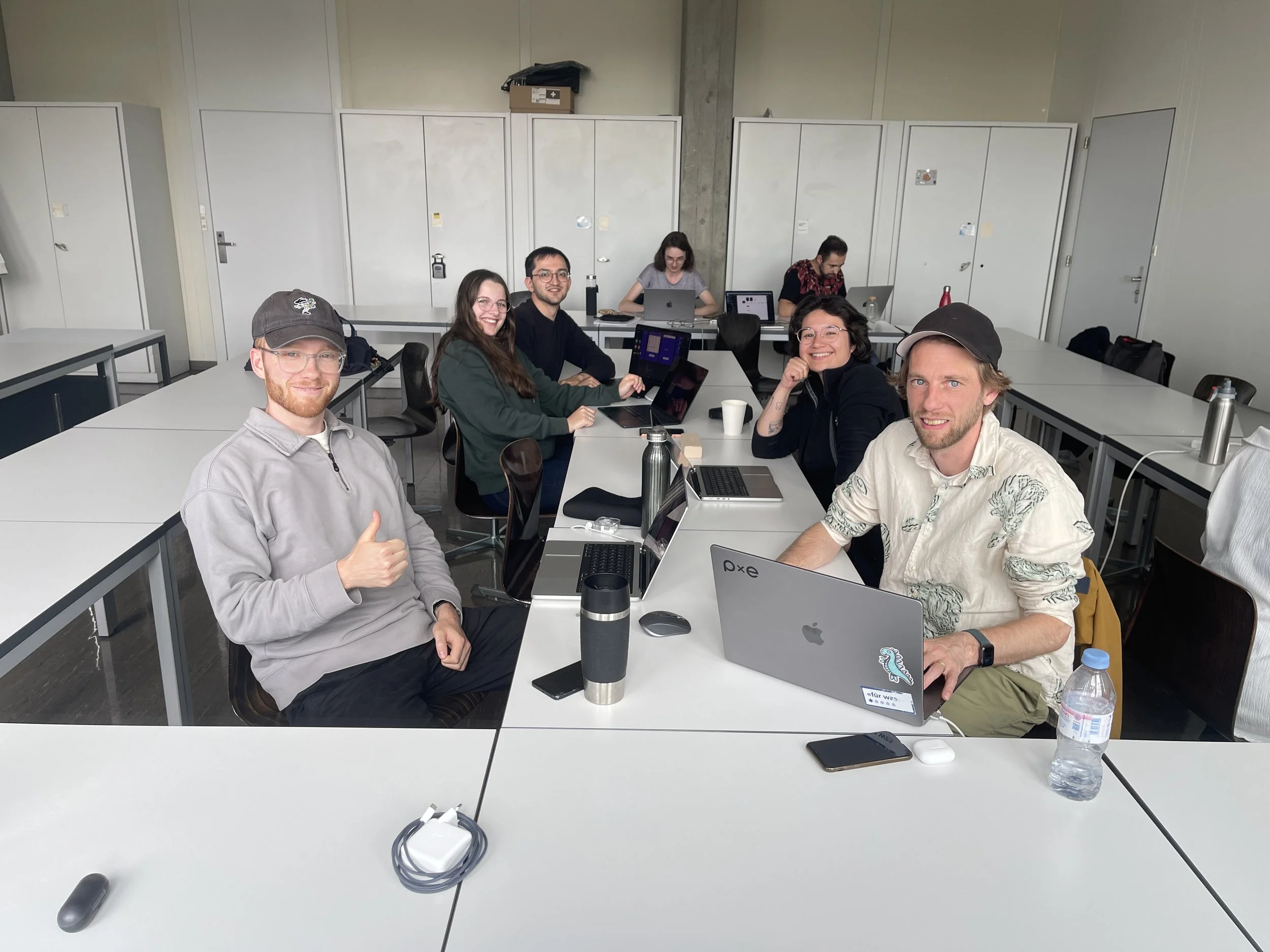Learning Agility
Triply, the vacation planner app | See the prototype
In our «Agile Project Management» module at the HF Interaction Design program at the Schule für Gestaltung Zürich, we explored what it really means to plan and deliver projects in a fast-paced tech environment. We learned about the history of project management, compared waterfall and agile methods, and studied different agile frameworks. To turn theory into practice, we developed our own project and applied the learned agile methods step by step.
Working as a team, we kicked things off by using the 5-3-4 method to come up with ideas and then voted for our favorites. The winning idea was a vacation planner app, that was inspired by our own pain of always being the ones stuck organizing trips for our friends. We named it Triply and set out to make planning group vacations less stressful. With some quick design thinking, we sketched out user scenarios and figured out what people would actually want and need, so we’d have a solid base to build on.
The «Trippers» hard at work
Working Agile: Sprints, Backlogs, and Teamwork
After that, we turned our research into a product backlog and planned out our sprints. Each sprint took up a whole day at school: we’d kick things off with sprint planning, dive into development, and wrap up with a sprint review before heading home. We ran three sprints in total and showed what we’d done in a final presentation. Here’s how it went:
Sprint #1
In our first sprint, we put together a big, and pretty technical, product backlog and sketched out the user flows and wireframes as a team. We set story points and split up the tasks and roles. Our Definition of Done was saying «if 80% is done» – which didn’t really mean much. We also found out that some of our effort estimates were way off and our backlog needed to be more detailed.
Our first try at creating a product backlog
Sprint #2
For the second sprint we had half a day. We improved by defining the DoD for each category of tasks. Despite this progress, we still underestimated the required effort for some tasks. However, we could already see that our estimation skills were improving.
Sprint #3
In our third sprint, we worked really well together on the hi-fi screens and realized how key it is to keep UX and UI in sync. Building the design system and components took more time than we thought, so we didn’t get everything done, but we focused on wrapping up our presentation and made sure we had a clickable prototype to show. This was definitely our most intense sprint!
In the End
Looking back, our work on Triply highlighted just how important it is to balance technical realization with the user’s perspective. Our product backlog described tasks mostly in terms of functions, but not yet as true user stories. This probably happened because, as a team, we focused strongly on implementation. We learned that a Product Owner should think more about the user experience, not just features – unless the project is purely technical, like a backend system where functional tasks make sense. We also found out the hard way that a Definition of Done has to be clear and measurable: «80% done» didn’t help at all. Later sprints fixed that with clear criteria.
One thing we’re really proud of is our final presentation – we absolutely nailed showing our vision for Triply. All in all, Triply was like an incubation project: a hands-on way to try out process management and build something we could actually take further one day.


